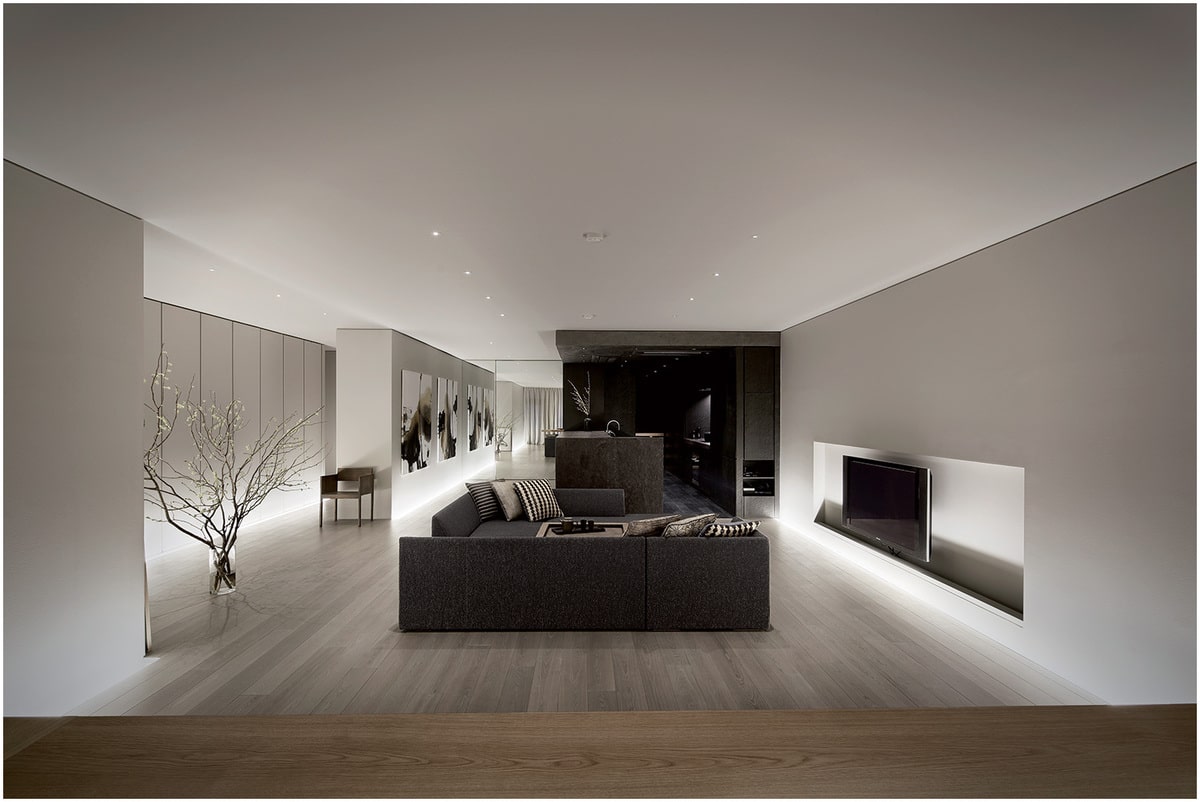Artful Living: Methods to Design an Impressive Gallery of Interiors
Creating a captivating interior gallery serves as a beautiful venture which harmoniously blends aesthetics and functionality. The spaces we inhabit showcase our personalities, goals, and lifestyles. In embracing the dynamic field of interior design and construction, it becomes essential to be aware of the latest trends and strategies which can enhance our homes. For https://output.jsbin.com/nobikizape/ , expect many top trends highlighting eco-friendliness, smart technology, and wide-ranging aesthetics, creating a wonderful opportunity to renew your homes.
From discovering how to establish a cohesive look across spaces to honing the technique of blending designs, there are myriad ways to elevate the interior design. If you are considering a small renovation or a full remodel, understanding the nuances of color theory and renovation practices will enable you to choose wisely which align with your unique taste. In our examination of elegant living, we will investigate innovative design ideas, key advice for renovation, and the importance of selecting the right materials, to guarantee that your home not only looks breathtaking and also invites comfort.
Top Home Decor Styles for 2023
As we enter into 2023, interior design trends are evolving to embrace a blend of practicality and aesthetic appeal. One key trend is the comeback of vibrant colors and designs, which create eye-catching focal points in various spaces. Homeowners and designers are moving away from minimalist palettes, opting instead for deep hues and detailed designs that reflect personal style. This transition not only brings vibrancy to living spaces but also enhances the general atmosphere of homes.
Eco-friendliness continues to be a crucial element within home decor this season. Sustainable materials and methods are gaining traction as awareness of environmental effects increases. From repurposed wood furniture to low-VOC paints, the integration of eco-conscious features allows homeowners to express their aesthetic while also making thoughtful choices. This movement is complemented by the rise of smart technology, seamlessly blending modern advancements with ethical living.
Another important trend is the focus on multifunctional spaces, particularly in cities where square footage is limited. Designers are crafting adaptable rooms that can adapt to various needs, such as home offices that function as additional sleeping areas or common spaces that invite socialization while still offering comfortable nooks for relaxation. This flexibility is crucial for modern lifestyles, ensuring that spaces serve their users well without compromising style.
Designing Cohesive Environments

Attaining a cohesive look among rooms is crucial for developing a unified interior. To begin, pick a cohesive color palette that flows throughout your home. This does not indicate every room has to be the exact color, but using matching shades will create a sense of continuity. For illustration, if your living room features soft greens, introducing related hues or accents in surrounding spaces, like the dining room or hallway, assists connect everything together seamlessly.
In addition to color, consider the materials and textures you utilize in different areas. Mixing textures can add depth and interest, but it's vital to ensure some continuity. For example, if you opt for wooden furniture in one room, adding related wood finishes in other spaces can create cohesion. Textiles like curtains, rugs, and cushions can also echo each other’s designs and materials, ensuring that even as you blend different styles, the total look remains unified.
Finally, pay attention to patterns and themes when planning your interiors. Each room can have its distinct character, but they should all relate back to a main theme or style, whether that be rustic, minimalist, or industrial. Accessories and artwork can help accentuate this theme, so selecting pieces that align with the total aesthetic of your home will support the cohesive feel. By considerately reflecting on color, materials, and thematic elements, you can design a beautifully unified space that brings warmth and harmony into your home.
Sustainable Drafting Practices
In the modern world, integrating eco-conscious design approaches into interior design and construction is crucial for creating ecologically sensible areas. This method involves using green materials, resource-saving systems, and sustainable construction techniques that not only reduce the ecological impact but also improve the overall appearance and usability of a location. By prioritizing materials that are renewable, recycled, or sustainably sourced, residents can significantly reduce their environmental impact and promote a more sustainable living environment.
One impactful way to implement sustainability is through the thoughtful selection of materials. Utilizing repurposed wood, salvaged metal, and eco-safe paints not only contributes to a unique design but also aids the minimization of waste in landfills. Additionally, incorporating energy-efficient appliances and fixtures can lead to long-term cost savings on energy bills while reducing energy consumption. Current technologies like intelligent home systems further enhance sustainability by allowing homeowners to monitor and control their energy usage efficiently.
Sustainable construction practices also play a significant role in ensuring that renovations and new constructions are not just stylish but also deliberate. This includes proper planning to minimize waste during the construction process and applying design strategies that enhance natural light and improve insulation. By adhering to sustainable practices, interior designers and builders contribute to the development of environments that are not only attractive but also promote environmental stewardship and the well-being of their inhabitants.